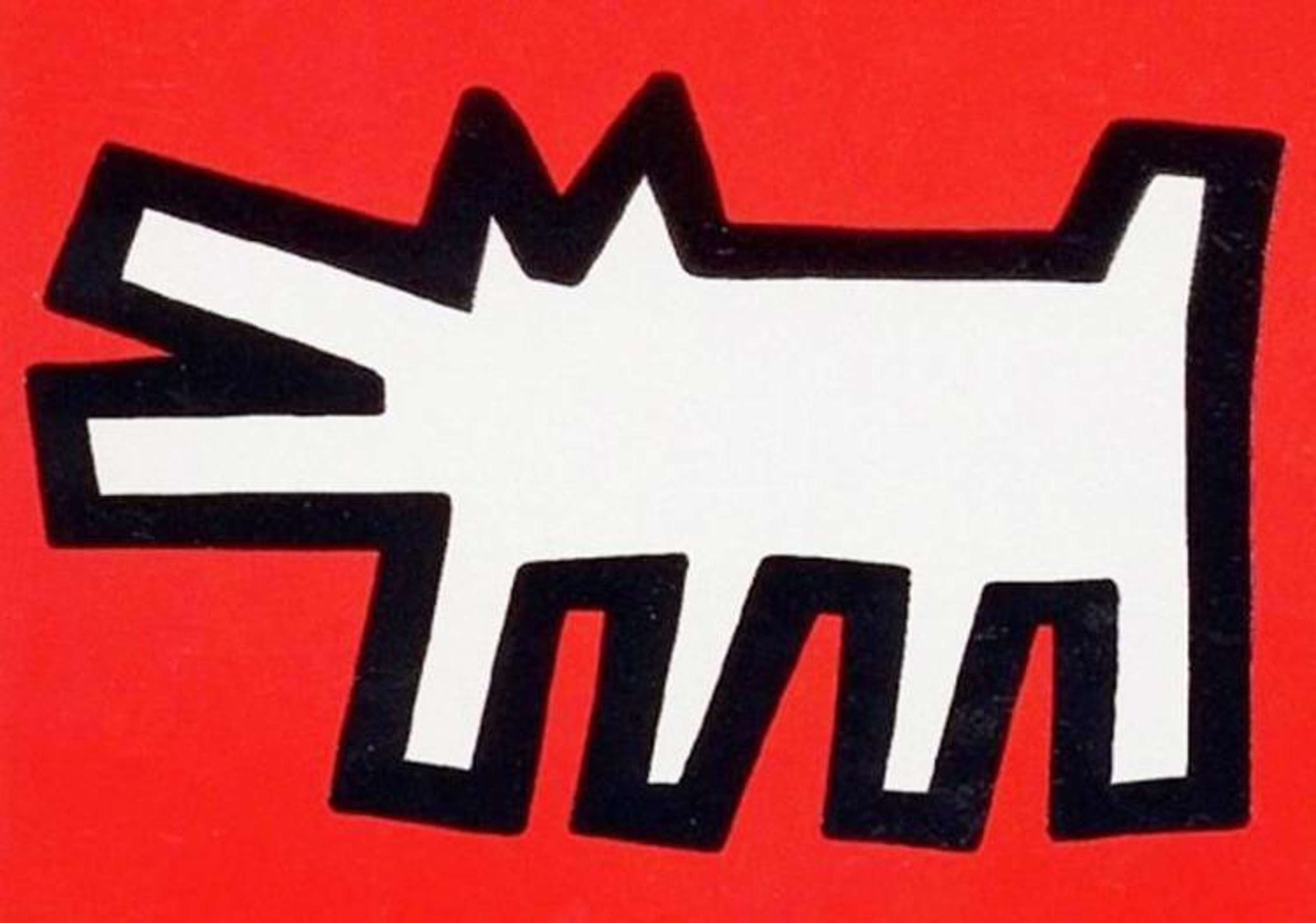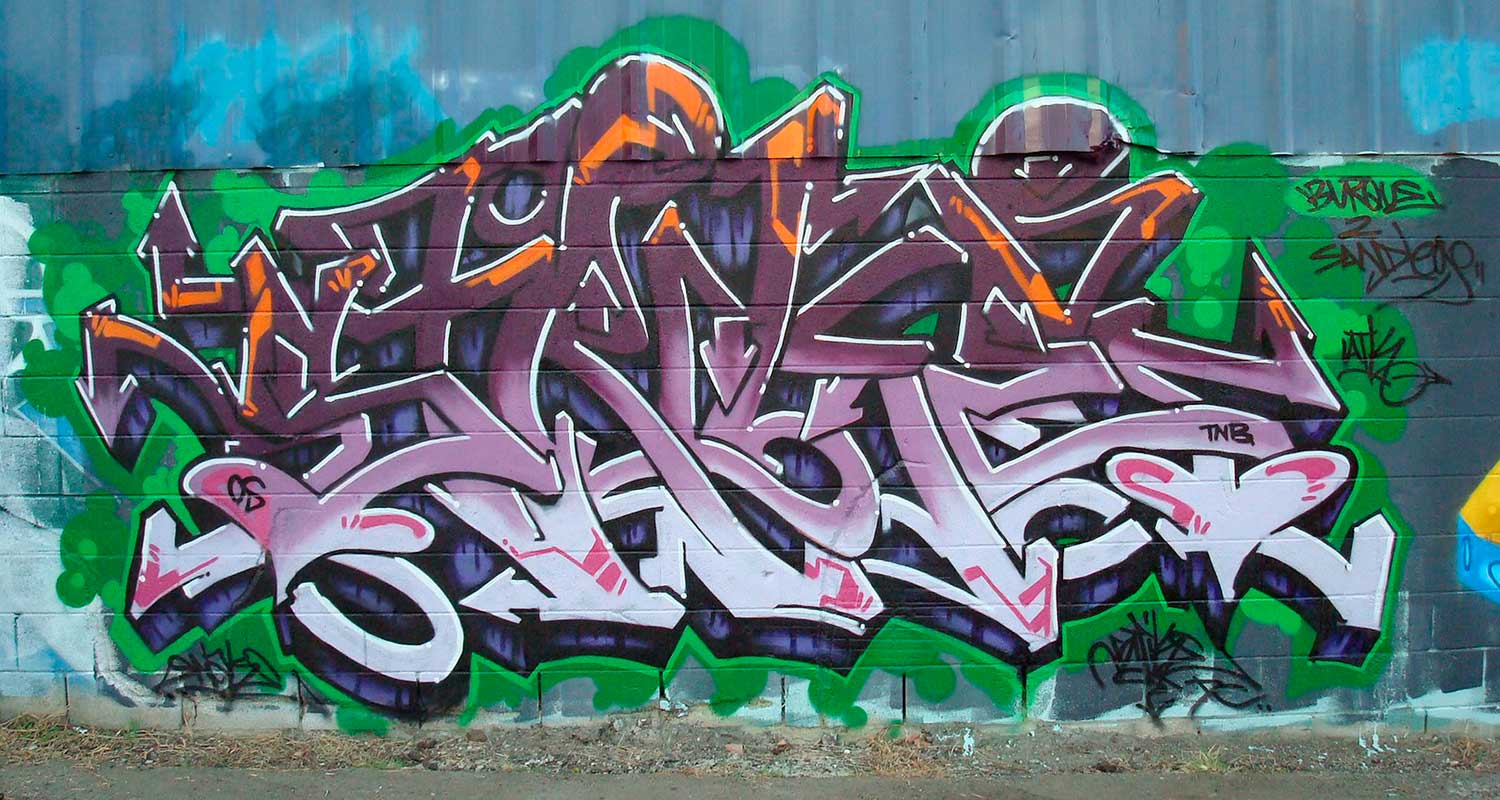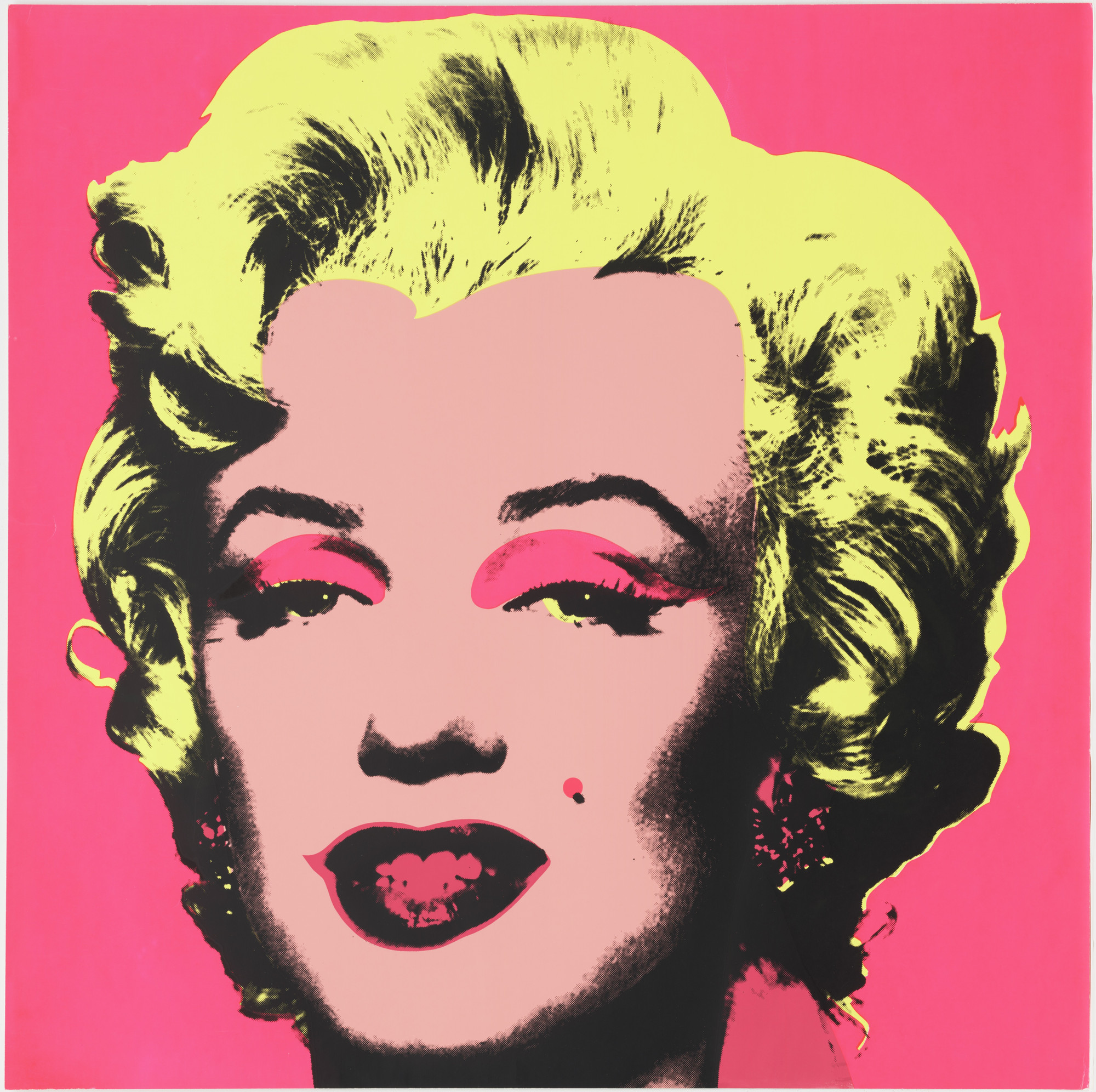Artists and Styles That Influenced Banksy
Known for his politically charged stencils, anti-establishment themes, and dark humor, Banksy has captivated a global audience despite his anonymity. While his originality is undeniable, his work is deeply rooted in a rich tapestry of artistic traditions and influences. From the rebellious legacy of graffiti to the conceptual provocations of Dadaism, Banksy's art draws from a wide range of visual and ideological precedents.We explore the key artists, movements, and stylistic sources that shaped Banksy's distinctive approach.
Graffiti and Street Art Culture
At its core, Banksy’s art is a product of the graffiti movement that exploded in the 1970s and 1980s, particularly in New York City. Pioneers like Jean-Michel Basquiat, Keith Haring, and Richard Hambleton transformed graffiti from subcultural tagging into powerful visual narratives.
Keith Haring
Haring’s use of bold lines, repeating symbols, and public spaces paved the way for Banksy's idea that art can—and should—exist outside galleries. Haring's subway drawings also paralleled Banksy's own use of walls, bridges, and abandoned buildings.

Jean-Michel Basquiat
Basquiat's cryptic symbolism, raw text, and critique of racial and economic injustice had a profound ideological influence on Banksy. While their styles differ—Basquiat favored neo-expressionism and chaotic compositions—both artists blurred the boundaries between street culture and high art.

Wildstyle and Hip-Hop Graffiti
Banksy also draws from the traditions of Wildstyle graffiti: elaborate lettering and tagging that emphasized speed, illegality, and visual impact. Though he eventually rejected the freehand spray-paint style in favor of stencils for speed and clarity, his early work incorporated tagging elements and the same rebellious spirit.

Stenciling and Blek le Rat
Arguably the most direct technical influence on Banksy is Blek le Rat, the French street artist often considered the “father of stencil graffiti.” Blek began painting stencil-based images on the streets of Paris in the early 1980s, often featuring rats, policemen, and homeless people—subjects that resonated with Banksy's own themes.

Banksy has acknowledged Blek le Rat’s influence publicly, once saying:
“Every time I think I’ve painted something slightly original, I find out that Blek le Rat has done it twenty years earlier.”
Stenciling allowed Banksy to execute his complex compositions quickly and with precision, minimizing his risk of arrest while maximizing visual clarity. This choice also aligned with the DIY ethic of punk culture, which Banksy admired.
Dada and Situationism
While Banksy's medium may be street-based, his conceptual lineage traces back to Dadaism, a 20th-century art movement born from the absurdity and horror of World War I. Artists like Marcel Duchamp challenged notions of authorship, originality, and artistic value—principles that Banksy continues to subvert in works like his infamous “Girl with Balloon” shredding stunt at Sotheby’s.
Duchamp’s “readymades,” such as the upside-down urinal titled Fountain, questioned the institution of art, just as Banksy’s unauthorized street installations critique commodification and elitism.

Situationist International
The Situationist International, led by Guy Debord in the 1950s and 60s, was another philosophical predecessor. Their ideas about "the spectacle," mass media manipulation, and the reclaiming of urban space underpin many of Banksy's interventions. Works like “Shop Until You Drop” reveal Banksy’s alignment with Situationist tactics—using the city itself as a canvas for disruption.
Pop Art and Political Satire
Banksy’s use of familiar icons—like the Queen, Ronald McDonald, or Mickey Mouse—owes much to the legacy of Pop Art and its critique of mass culture. Andy Warhol’s repetition of celebrities and consumer goods helped normalize the idea that visual art could engage with popular imagery in a critical way.

Jamie Reid and Punk Aesthetics
Banksy’s political edge and collage-like compositions also reflect the influence of Jamie Reid, the graphic designer for the Sex Pistols. Reid’s ransom-note typography and anti-authoritarian visuals left a lasting mark on British counterculture and Banksy alike. The punk ethos of DIY resistance, anti-consumerism, and anti-establishment messaging permeates Banksy’s portfolio.
Peter Kennard
British photo-montage artist Peter Kennard, known for anti-war works such as Haywain with Cruise Missiles, is another foundational influence. Banksy has cited Kennard as instrumental in teaching him how to “make an image punch you in the face.”
Political Cartoonists and Satirical Art
Banksy’s humor, irony, and moral clarity also stem from a long tradition of political cartooning. Figures such as George Grosz, Honoré Daumier, and modern editorial artists like Ralph Steadman and Gerald Scarfe used distortion, caricature, and visual metaphor to critique power.
Ralph Steadman
Best known for illustrating Hunter S. Thompson’s Fear and Loathing in Las Vegas, Steadman’s anarchic ink splatters and grotesque figures influenced Banksy's approach to satire. The distortion of authority figures and the grotesque humor in pieces like “Kissing Coppers” or “Napalm” reflect a similar visual rage.

British Subculture and Regional Identity
Banksy’s upbringing in Bristol, a city with a vibrant street art scene and a strong tradition of musical subcultures, was also pivotal. The Bristol Sound—typified by bands like Massive Attack and Portishead—combined elements of reggae, punk, and hip-hop, much like Banksy's art blends styles and messages.
Rumors linking Banksy to Robert Del Naja (of Massive Attack) aside, the multi-genre, cross-cultural ethos of 1990s Bristol profoundly shaped his aesthetic worldview. The city’s history of protest, anti-racism, and working-class resistance laid the groundwork for Banksy’s political alignment.
Contemporary Conceptual Artists
While Banksy often positions himself outside the mainstream art world, he shares affinities with conceptual artists like Barbara Kruger and Jenny Holzer. Both use text, slogans, and public spaces to challenge viewers’ perceptions and assumptions.
Barbara Kruger
Kruger’s bold white-on-red slogans like “Your body is a battleground” or “I shop therefore I am” are direct visual ancestors to Banksy's own messaging-heavy works. Pieces like “Keep Your Coins, I Want Change” echo this tradition of linguistic intervention in public space.

Banksy is a singular figure who defies easy categorization, yet his art is the product of a complex matrix of influences—technical, visual, political, and conceptual. From the urban rebellion of New York graffiti to the anti-war photomontages of Peter Kennard, from Duchamp’s Dada provocations to Jamie Reid’s punk designs, Banksy's work absorbs, transforms, and re-presents these sources with sharp intelligence and radical intent.
By standing on the shoulders of these artists and styles, Banksy has forged a powerful and accessible visual language that resonates across borders. His influences are not only artistic but ideological—rooted in a desire to confront authority, question conformity, and reclaim public space for expression. In tracing his lineage, we see not only where Banksy came from but why he remains one of the most important—and most disruptive—artists of our time.
Discover Banksy original art for sale at Guy Hepner and get in touch with our gallery if you are looking to buy Banksy signed prints. Looking to sell? We can help, discover how to sell Banksy prints with our galleries and contact info@guyhepner.com for further details. Explore more Banksy content with our Guide to collecting Banksy. Why is Banksy Popular? and Banksy’s most popular artworks.
